How to bleed a radiator
To put it simply, bleeding a radiator involves releasing the trapped air inside your heating system. If you can hear the pipes banging or radiators gurgling, this is usually a sign that you should bleed your radiator. Allowing this air to escape will help you heat your house more efficiently and minimise your total energy expenses. To find out how to successfully bleed your radiator, just read our helpful step-by-step guide below.
To bleed your radiator, you will need –
- A radiator bleed key
- A cloth to catch any water leakage
- A container or towel to place under the radiator
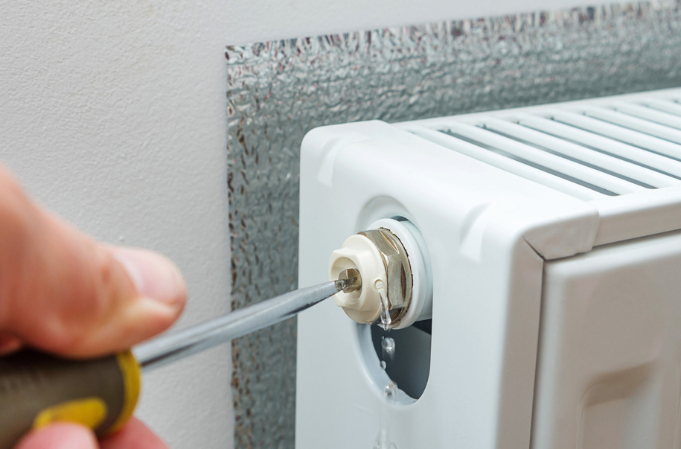
https://heatingforce.co.uk/blog/how-to-bleed-a-rad...
A step-by-step guide on how to bleed your radiator
Step 1: Turn the heating on full
First, turn on your heating system and wait for your radiators to achieve their maximum heat. This will allow you to detect any cold areas and, as a result, determine which radiators require bleeding.

Fixed Price, Next Day New Boilers Installed - iHeat
Step 2: Check radiator for cold spots
Run your fingers carefully along the top of each radiator, and if you see any cold spots, this indicates that the radiator needs to be bled. Then, as you walk through the house, make a note of which radiators require bleeding.
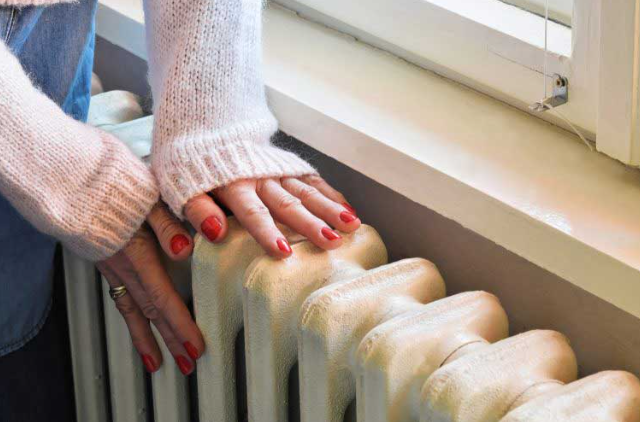
https://srcoates.co.uk/why-do-i-have-cold-spots-in...
Step 3: Turn the heating off and allow it to cool down
It is critical to switch off the heating and allow the radiators to cool. This is so it can prevent the hot water in the radiators from burning you when you begin to bleed the radiators.
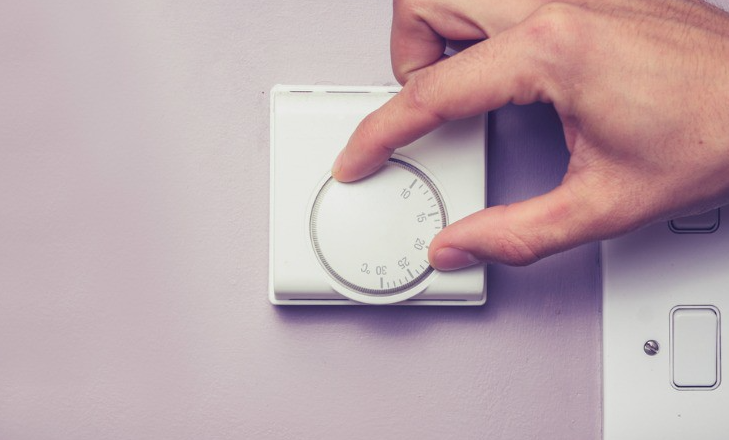
http://www.anglianhome.co.uk/goodtobehome/eco-livi...
Step 4: Locate the first radiator to bleed
If you need to bleed more than one radiator, always begin with the one on the ground level farthest away from the boiler.
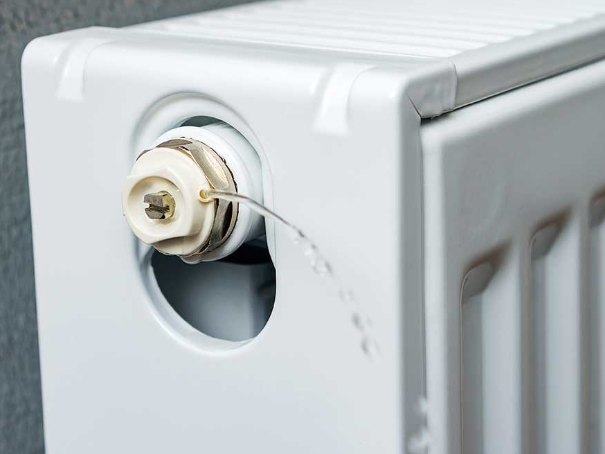
https://www.checkatrade.com/blog/how-to/bleed-a-ra...
Step 5: Locate the radiator bleed valve
The bleed valve is normally located on the top and side of your radiator. The bleed valve is the little metal square or screw located within the nut.
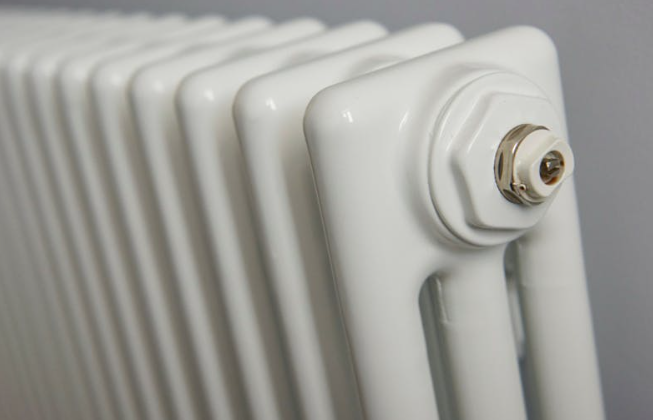
http://www.plumbcare.com/blog/2015/12/how-to-bleed...
Step 6: Place a tray or towel on the floor
Place your container or cloth beneath the bleed valve. This will collect any drips and protect your floor from discoloured water.
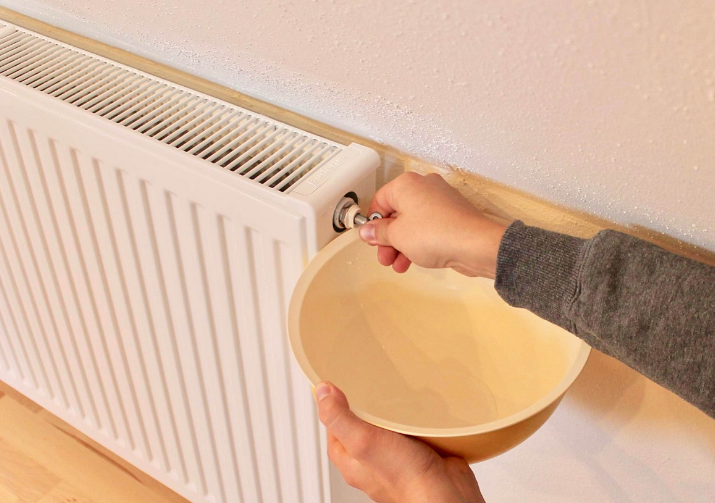
https://www.moderniser.co.uk/how-to-bleed-a-radiat...
Step 7: Insert the radiator bleed key
Insert your radiator bleed key into the bleed valve until they are locked together. Keep your cloth next to the valve and under the little drain hole, ready to collect any drips.
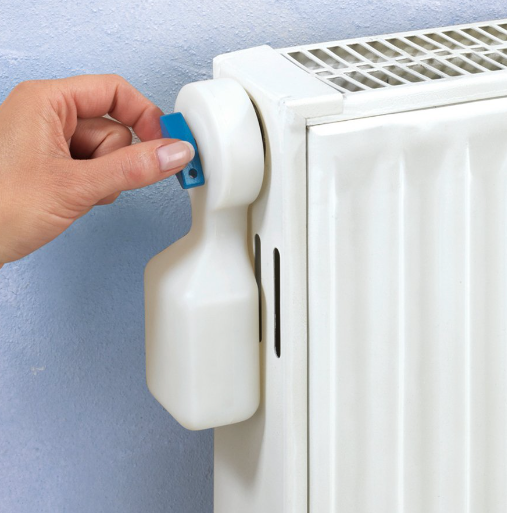
Step 8: Make an anti-clockwise turn
To open the valve, slowly turn the key anti-clockwise. This allows the air to escape, and you should hear a hissing sound. Continue twisting the valve until it is a quarter to a half-way open. To avoid water leaving too rapidly, do not fully release the valve.
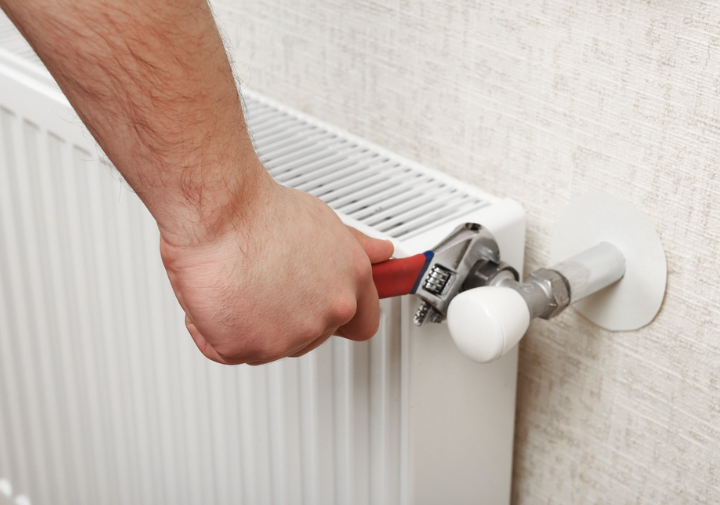
https://www.designerradiatorsdirect.co.uk/blog/how...
Step 9: Close the radiator bleed valve
You will have drained all the trapped air from the radiator when the hissing sounds and air stop – and water begins to pour out. Close the valve by turning the key clockwise. To avoid causing damage to the valve, do not seal it too firmly.

Step 10: Check the pressure on your boiler
If you have a pressured central heating system, you may have noticed that the pressure gauge on your boiler has fallen since you last bled your radiators. If this is the case, you will need to fill up the boiler pressure before turning on the heating.
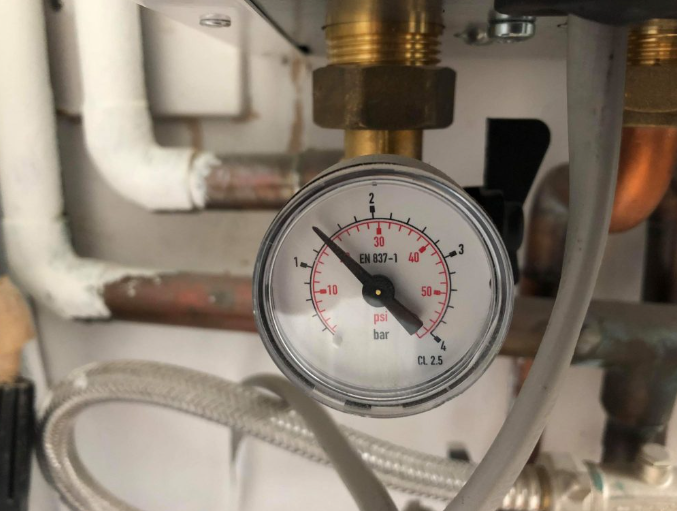
https://cardiffplumbingandheating.co.uk/combi-boil...
Step 11: Final checks
You can restart your heating system after your boiler pressure has returned to normal. Allow your radiators to warm up before inspecting for any chilly patches. If there are still any chilly spots at the top of the radiator, try bleeding the radiator again.
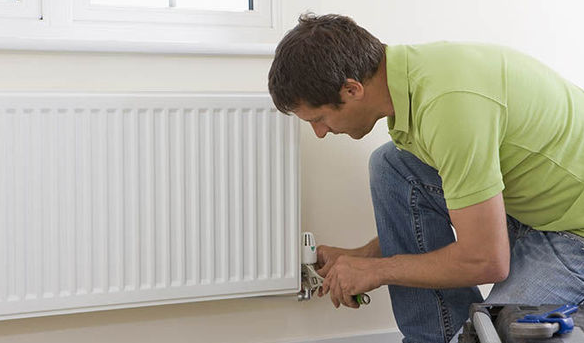
http://autobloglobal.blogspot.com/2016/11/the-crus...
And there you have it, you have successfully bled your radiator. It might be a daunting task at first, especially if you have never done it before, but perhaps it’ll now be possible to maintain the heat within your home so that you can enjoy a warm, comfortable house all year round.
If you have any more questions about how to bleed a radiator or would just like to talk through your decisions with our helpful, friendly team, you can contact our customer services on the number 01472 907051.
Recent Posts
-
Forest Garden’s top tips for bringing style to small outdoor spaces
Spring is finally here, and homeowners are keen to transform even the smallest of outside areas
-
5 Creative Gravel Driveway Ideas
Are you looking to update your driveway and give your home an updated and appealing look? Look

